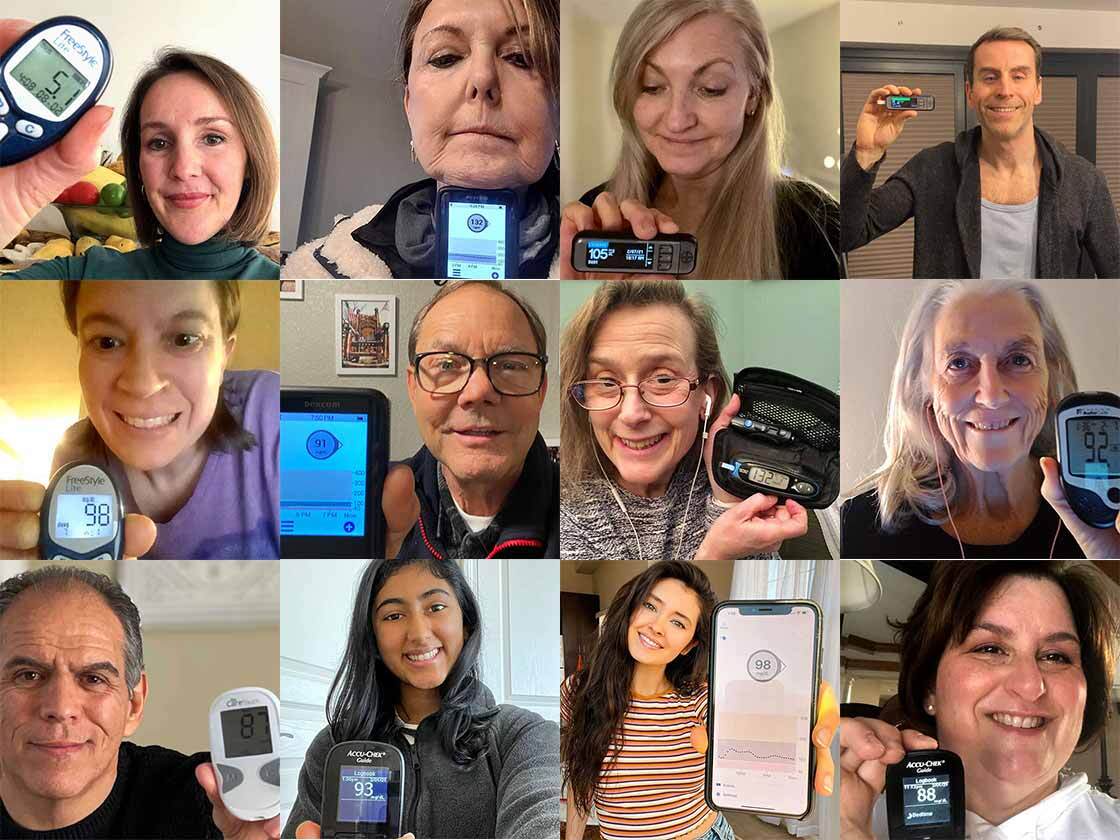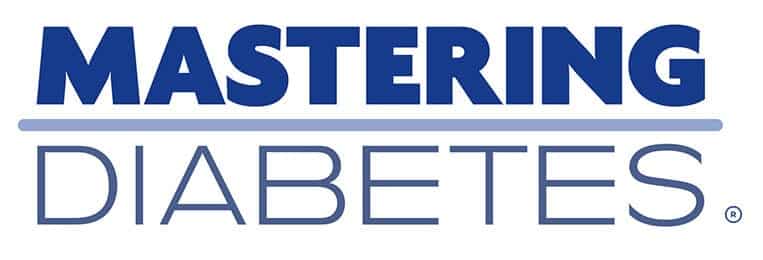Some people develop prediabetes or type 2 diabetes even though they’re physically active and not overweight.
This was exactly the situation with our client Greg.
As a competitive cyclist and triathlete, he had struggled with prediabetes for several years before finding Mastering Diabetes. Determined to get his blood glucose down to a non-diabetic level, Greg searched online for dietary advice.
He read that the only foods he could eat were low on the glycemic index, and that the only fruits he could eat are low glycemic fruits. Despite this, many of the glycemic index charts he found online didn’t make logical sense.
Some low glycemic fruits such as bananas, pineapples, and papayas were mistakenly listed as high glycemic foods, so Greg avoided these fruits for years, thinking that they were “out of bounds” for him.
He also avoided starchy vegetables and whole grains, and emphasized lean meats “in moderation” to try and get his blood glucose under control.
Despite years of eating the foods he thought he should be eating, avoiding the foods he thought were high glycemic, maintaining a normal body mass index (BMI), and exercising regularly, Greg remained prediabetic, with an A1c of 6.1%. And he's not the only one who's been caught off guard like that!
Then one day in late 2017, Greg met Cyrus at a conference in which he spoke about the effect of low-fat, plant-based, whole-food nutrition for people living with all forms of diabetes.
The faulty glycemic index diet information Greg had read online had confused him tremendously, and led him down a path of increasing insulin resistance and prediabetes.
Cyrus told Greg a few things that shocked him: (1) Don’t worry about only eating low glycemic fruits, (2) even high glycemic index foods are acceptable, (3) drop the total fat content of your diet and watch your A1c plummet to a non-diabetic range.
Skeptical, Greg enrolled in private coaching and spoke with Cyrus every week to monitor his progress in transitioning to eating more low-fat, plant-based, whole foods.
Because the Mastering Diabetes lifestyle went against everything he had learned previously, he stepped into this lifestyle with caution. Somewhere in his gut, however, he felt that this would work.
Understanding the Glycemic Index
With only a few exceptions such as potatoes, yams, oatmeal, rice, lychees, cantaloupe, and watermelon, all whole, unprocessed foods are low on the glycemic index.
Even delectably sweet fruits such as bananas, dates, apples, grapes, mamey sapote, sapodillas, papayas, and pineapples are considered low glycemic fruits. The sweetness of a fruit is not a reliable indicator of its glycemic index or natural sugar content.
It’s important to note that the glycemic index is not the final determinant of whether a food is beneficial or detrimental for people living with any form of diabetes.
The glycemic index is simply a proxy for whether a food is likely to be a whole food or a processed food. Exceptions like watermelons and potatoes are indeed nutrient-dense whole foods, but they are high on the glycemic index and are still beneficial foods for people with diabetes.
Foods that are high on the glycemic index are generally highly processed foods like bread, breakfast cereals, instant oatmeal, white rice, bagels, pancakes, waffles, biscuits, cookies, cakes, pies, and candies, and we recommend minimizing or avoiding these foods at all costs.
Although the majority of low-fat, plant-based, whole foods are low on the glycemic index, there are many foods we don’t recommend that are also low on the glycemic index, such as ice cream, cheese crackers, high-fat bakery products, hamburgers, french fries, pizza, bologna sandwiches, and corn chips.
Now can you understand why Greg was confused with his previous “low glycemic” approach to lowering his A1c value?
The confusion about the glycemic index is exactly why we don’t focus on it in our coaching program. Simply because a food is low on the glycemic index does not mean that it will help you control your blood glucose, and just because a food is high on the glycemic index (like watermelon), does not mean it’s a poor food choice for people living with diabetes.
The truth is that if you choose only low-fat, plant-based, whole foods, you will be eating low glycemic foods most of the time.
Greg’s Experience Eating Low-Fat, Plant-Based, Whole-Foods
Greg eventually learned to not fear low glycemic fruits (which he thought were high glycemic fruits), and he started eating as many bananas as he desired every single day. Since he hadn’t eaten bananas in years, he was delighted to eat them without worrying that his blood glucose would spike to a dangerous level. (It doesn’t.)
Can you guess what happened after Greg started eating the Mastering Diabetes way, with an abundance of low glycemic fruits and minimal animal foods?
What comes next may surprise you.
As you can see in the table below, Greg's fasting blood glucose actually increased in the first 6 months of eating a low-fat, plant-based, whole food diet.
Perplexed, he went to get a C-peptide blood test, and found that his pancreas had an impaired insulin secretory capacity, at 2.54 ng/mL, which means that his pancreas had lost the ability to produce insulin over the course of time.
Despite a higher fasting blood glucose, Greg’s A1c value dropped from 6.1% to 5.3% over the course of 8 months because his overall blood glucose values had decreased throughout the day.
In other words, his blood glucose control during the majority of the day had significantly improved; however, only measuring his fasting blood glucose made him believe that his blood glucose control had in fact become worse.
For the first time in years, Greg’s A1c is in the non-diabetic range for the first time in years even though his fasting blood glucose remains slightly elevated. See the table below to understand how his biomarkers changed over time:
Biomarker | November 2017 | April 2018 | July 2018 |
|---|---|---|---|
Bodyweight (pounds) | 178 | 178 | 178 |
Fasting Blood Glucose (mg/dL) | 98-116 | 105-121 | 105-115 |
A1c (%) | 6.1 | 5.5 | 5.3 |
C-peptide (ng/mL) | -- | 2.54 | -- |
If you’re like Greg and experience elevated fasting blood glucose, you may also be in a similar situation. Your fasting blood glucose is only one measurement throughout a 24-hour period, so it’s not a complete representation of how your average blood glucose is changing over time.
List of Low Glycemic Fruits
List of Moderate Glycemic Fruits
List of High Glycemic Fruits
Join us in giving Greg a virtual high-five for excellent progress and for achieving a non-diabetic A1c for the first time in years!
Lower Your A1c and Get to Your Ideal Body Weight ... Guaranteed

Your results are guaranteed. Join more than 10,000 ecstatic members today
Personalized coaching puts you in immediate control of your diabetes health, helps you gain energy, improves your quality of life, and reduces or eliminates your meds.
Leave a Comment Below
Have you been following the glycemic index? How is it working for you?

